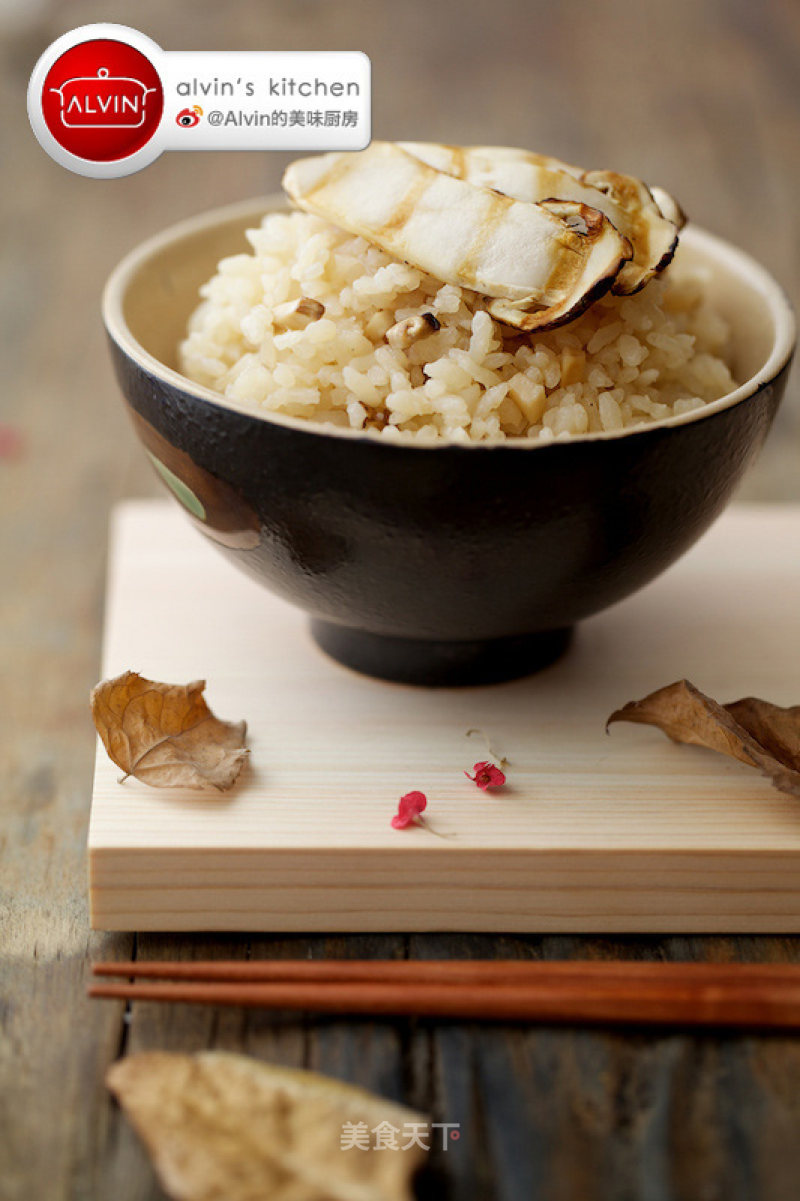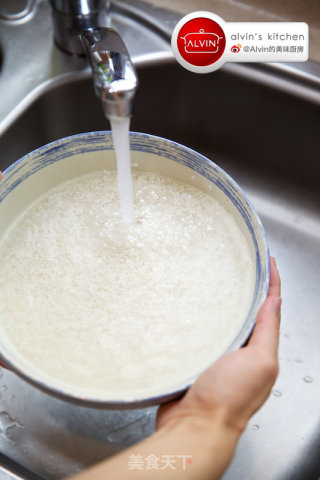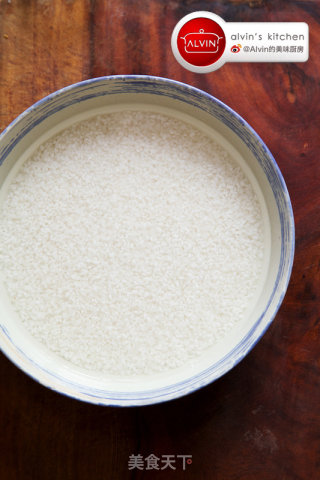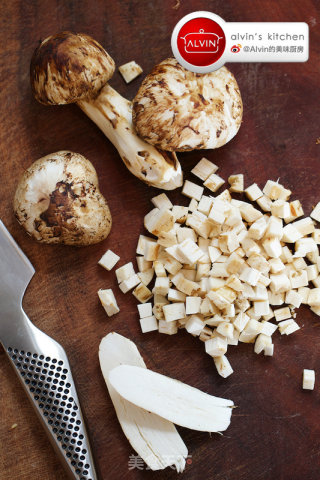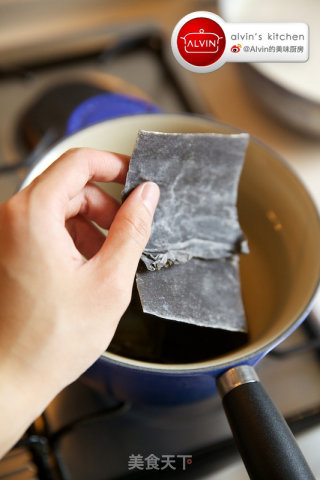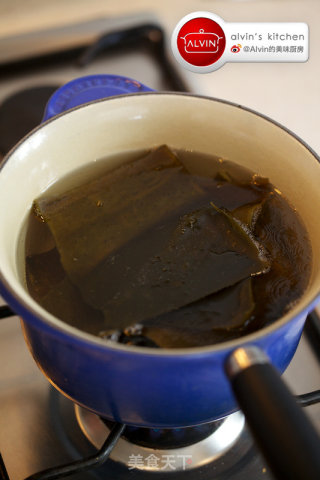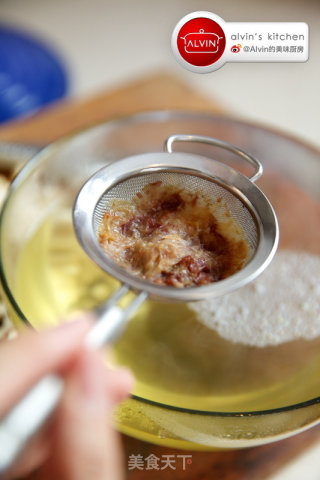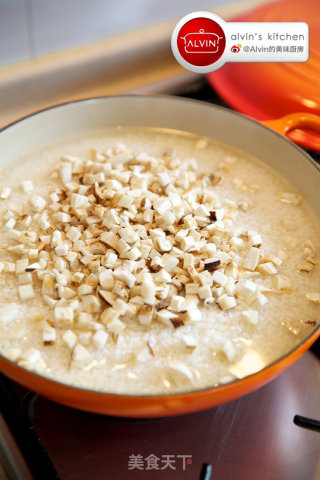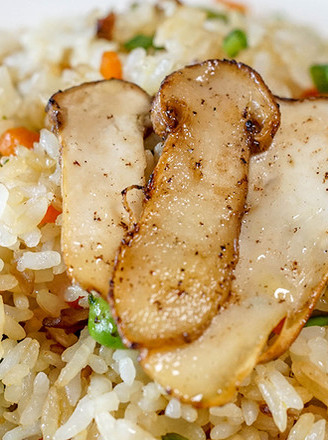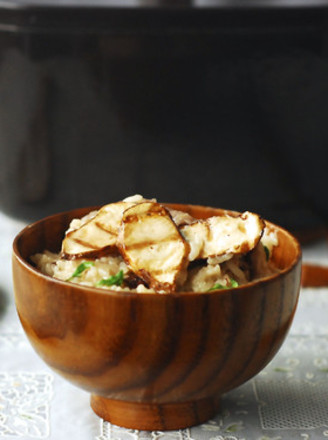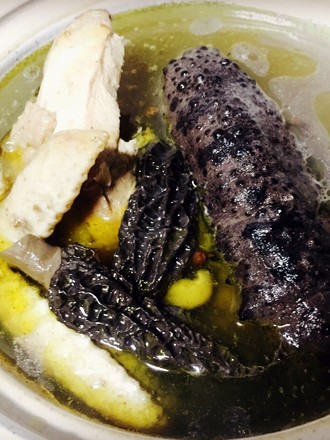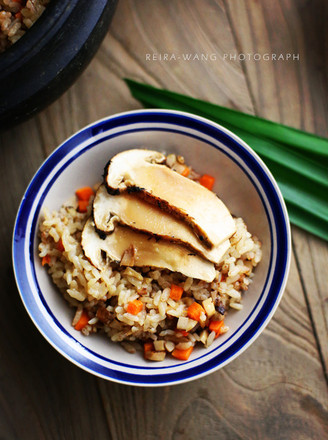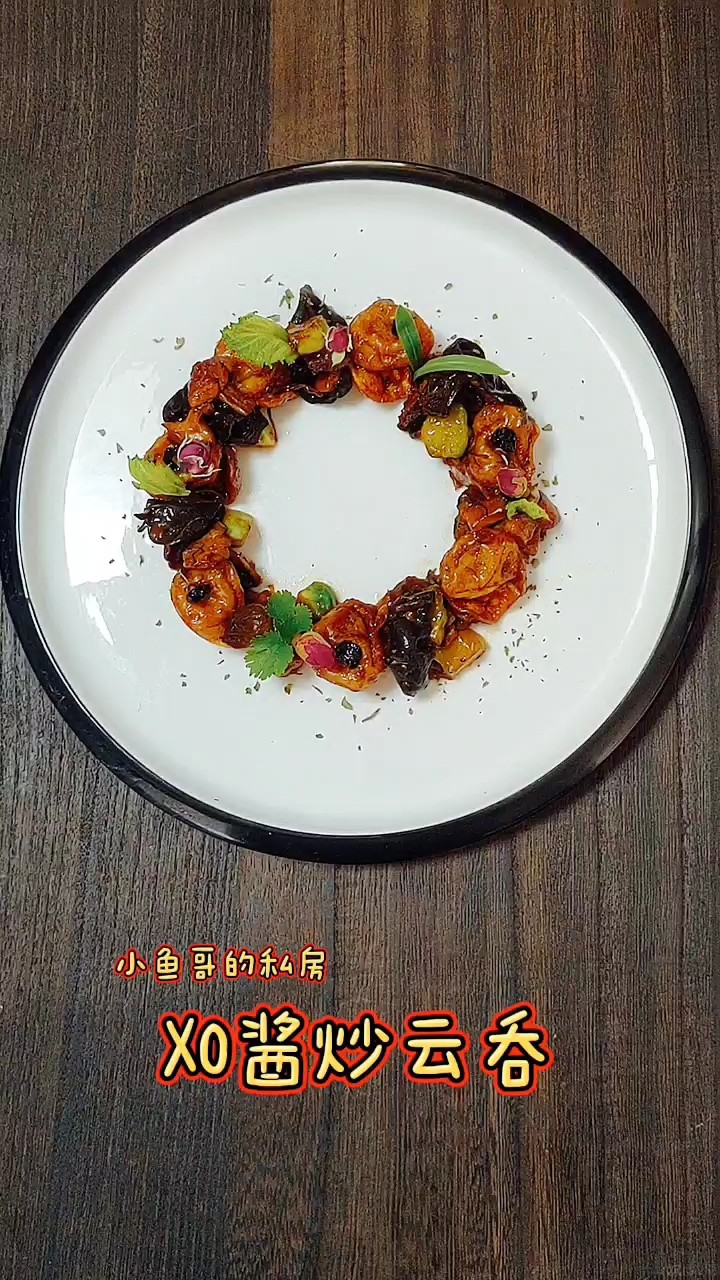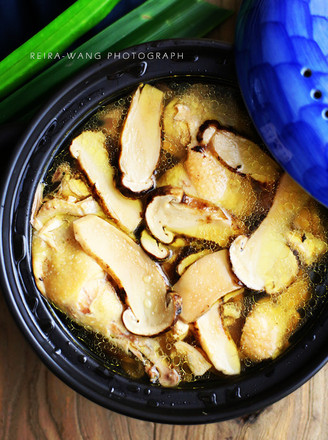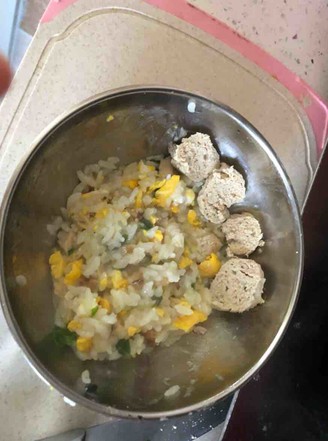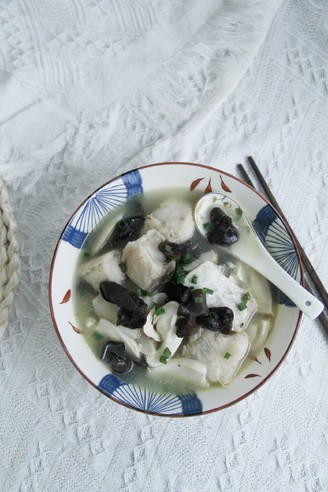Matsutake Rice
1.
Wash the rice quickly and thoroughly until the rice water is clear and not turbid
2.
Soak for at least 30 minutes
3.
Wipe off the dirt on the epidermis of Matsutake mushroom, scrape the stem with a knife to remove the epidermis, and cut into small pieces
4.
Start making Dashi. Put the kombu into cold water for 15 minutes
5.
Then heat on medium heat, turn off the heat until it boils slightly and there are small bubbles coming out
6.
Sprinkle bonito flakes and let it sink naturally under water, let stand for 5 minutes
7.
Use a fine sieve to filter the broth and set aside
8.
Drain the rice and pour it into the pot, pour 2 cups of stock, sprinkle in the matsutake, drizzle with soy sauce, and stir well. Heat on medium heat, after boiling, turn to medium and low heat, stir once for 10 minutes, and then stir again for 5 minutes. When the liquid level in the pot is below the rice grains, stir once, then turn to the minimum heat and simmer for 10 minutes, and stir once at the end. Turn off the heat and simmer for 10 minutes
9.
Serve with grilled matsutake


Tips:
* Short japonica rice has a sticky texture (take northeastern rice as an example), and long japonica rice has a clear taste (take Thai fragrant rice as an example). To match the thick texture of matsutake, it is better to use short japonica rice.
* Washing rice needs to be washed thoroughly, so as to make rice that looks like grains but is elastic and sticky. Therefore, when washing rice, it is difficult to have both nutrition and taste. If it is washed too much, it will lose nutrients and aroma. If it is not washed, it will be difficult to make a good taste. My method is: as large as possible. Many times of panning in a short period of time can better balance both nutrition and taste.
* Japanese-style seafood broth (Dashi) is very versatile. It can be used in tamagoyaki, boiled flavor, beef pot, etc. It is a great natural umami flavor.
* Soy sauce, kelp, and bonito all contain salt. Pay attention to the saltiness when cooking.
* The kelp is soaked in cold water to make it more delicious.
* Do not stir after sprinkling the bonito flakes. The fragile bonito flakes will loosen easily and form pieces that are difficult to filter, making the stock turbid.
* When cooking short japonica rice, the general ratio of rice to water is 1:1.3 (volume). Because we have soaked for a period of time in advance, a little more water of the same volume is just right.
* In the later stage of cooking, you need to use a small firepower to braise the rice. If the rice crust or bottom rice grains turn yellow, it means that the firepower is too high. You can choose to use an insulated iron plate or put it in the oven to set 100°C for braising. Turn on the heat for a while and turn it off, and repeat 2 times.
* The matsutake rice that cannot be eaten at one time needs to be frozen. When you need to eat it, first refrigerate and thaw, and then steam it thoroughly to restore the fresh taste.
* If you have concerns about hand-cooking rice, of course you can use a rice cooker, it will be delicious.

